Take note! These are the invasive alien species putting Malta’s biodiversity at risk
If you’ve ever gone off on a walk amidst Malta’s idyllic countryside, chances are you’ve come face-to-face with the very organisms that are threatening its existence.
Think we’re exaggerating?
Well, believe it or not, some of the biggest adversaries that Malta’s countryside is facing are none other than invasive alien species (IAS). Here’s a bit about them…
An alien or non-native species is an organism – such as a plant, animal, fungi, or bacteria – that has been introduced outside its natural range.
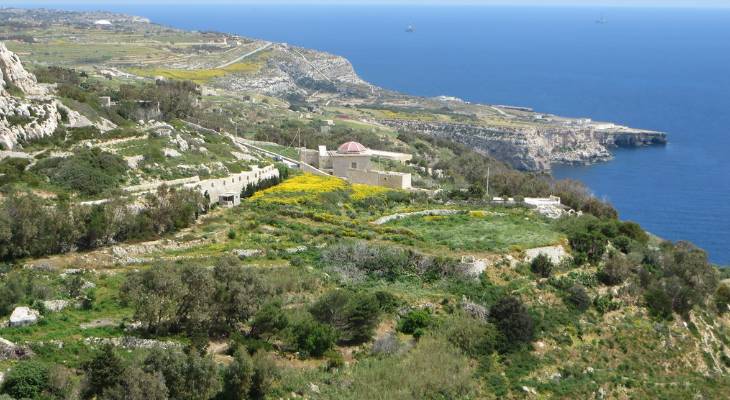
Such a species is considered to be invasive if it outcompetes native species for food and habitat, spreads throughout their new environment, increases its population size, and disturbs the ecosystem of the introduced range.
Europe, as a whole, contains around 12,000 alien species, 10 to 15 per cent of which are estimated to be invasive. Pretty worrying, right?
IAS are even more dangerous to countries, such as Malta, that have an evolutionarily isolated ecosystem. The risks these species pose to Malta include:
- Endangering of local species
- Alteration of habitats
- Transmission of diseases
- Breeding between invasive and natural flora and fauna
It’s not just us that think this issue’s a big deal…
The International Union for the Conservation of Nature (IUCM) even listed IAS as the second most significant threat to biodiversity after habitat loss!
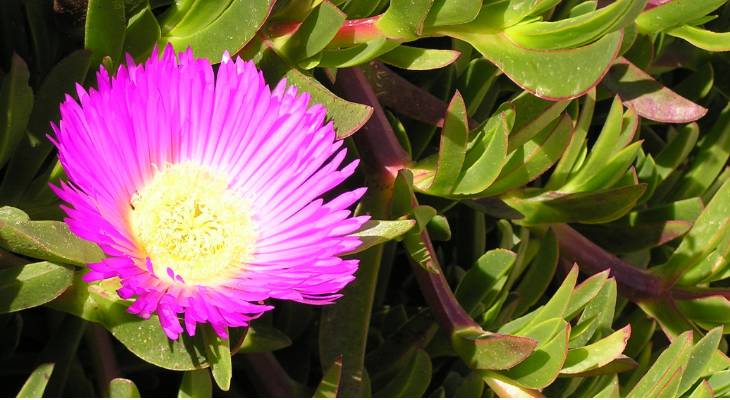
Eland's sourfig - an IAS found in Malta
Now that we’ve built a better understanding of what constitutes an IAS, let’s delve into how these species came to Malta in the first place.
More often than not, IAS sneak across geographic borders and into new territories with help from humans through horticulture and activities like farming, hunting, and fishing.
The transport of these species isn’t always intentional, however. The notorious red palm weevil, for example, was accidentally brought to Malta through the important of infected trees.
Thanks to modern trends, such as increases in commercial trade, traveller mobility, and cargo shipments, studies are warning that invasive alien species are on the rise worldwide.
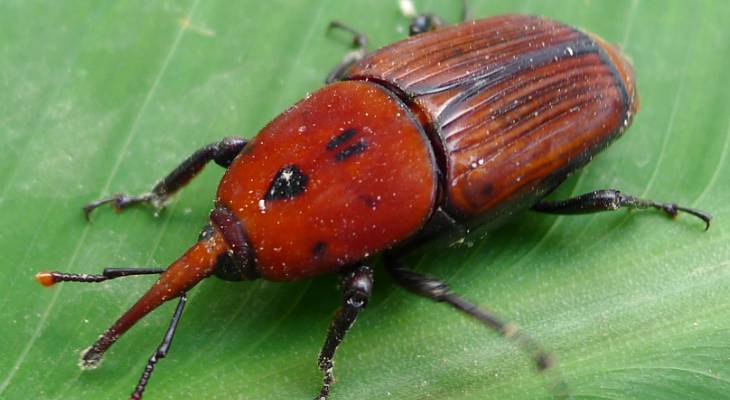
The Red Palm Weevil
It’s becoming universally accepted that the number one way to get rid of invasive alien species is to prevent them from crossing borders in the first place, as once species establish themselves as ‘invasive’, it’s either impossible or super costly to get rid of them.
Thankfully, the European Union has recognised the severity of this issue.
That’s why, in 2015, the Regulation (EU) 1143/2014 – which lists IAS of Union concern – came into force. The species included on said list are subject to keeping, importation, sale, breeding, and growing restrictions.
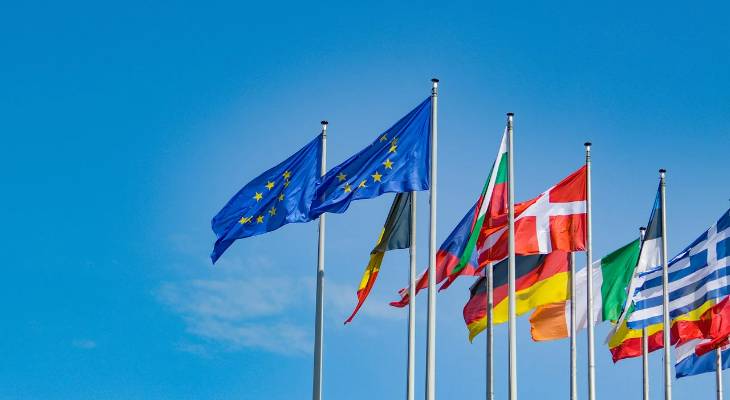
EU member states are also required to take action on pathways (The method through which IAS are introduced to a location) of unintentional introduction as well as take measures for the early detection, rapid eradication, and management of those species that have already spread.
There are currently 66 species (36 plants and 30 animals) on the EU’s list – although this is getting constantly updated.
Here’s what’s being done in Malta to help curb this issue.
Thankfully, the Environment and Resources Authority (ERA) has taken it upon itself to carry out, finance, or work with various government and non-governmental entities for the removal of IAS in multiple areas.
ERA has also published various guidelines, strategies, and action plans to prevent or counteract invasive alien species. These include the eight National Codes of Good Practice (CoGP) on Invasive Alien Species and the National Strategy for preventing and mitigating the impact of invasive alien species.

Castor oil tree - another IAS found in Malta
The former CoGPs provide practical guidance for good practices and responsible attitudes when using alien species in different set-ups, such as gardens, horticulture, landscaping, and protected areas.
These Codes of Good Practice also include ‘dos and don’ts’, recommendations about the removal of invasive plants from gardens, the planting of native species, the adequate disposal of plant waste, and ensuring that plant stocks are disease and pest free, amongst other things.
But that’s not all!
ERA has gone ahead and collaborated with the Joint Research Centre to have the Invasive Alien Species in Europe mobile app.
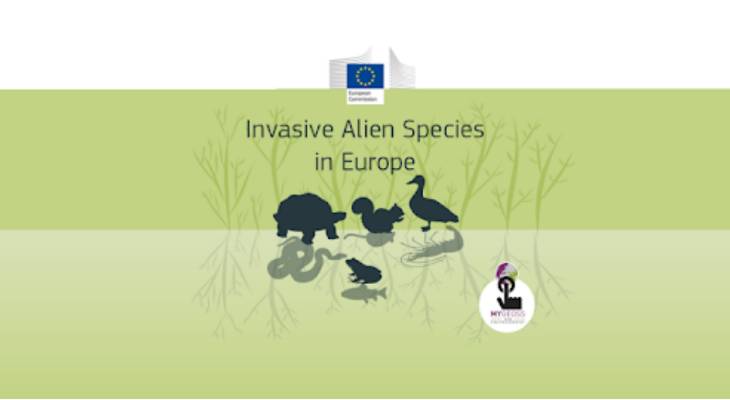
This nifty tool is also available in Maltese and includes an additional 23 flora and four fauna species that are relevant to the islands. You can also report sightings of invasive or detrimental species on this app.
As part of ERA’s drive for better regulations, current legislation is continually being revised and updated to include provisions addressing invasive or environmentally incompatible species.
These efforts have resulted in amendments to the provisions of the Flora, Fauna, and Natural Habitats Protection Regulations, the Trees and Woodlands Protection Regulations, and the promulgation of the Control of Invasive Alien Species of European Union Concern Regulations.
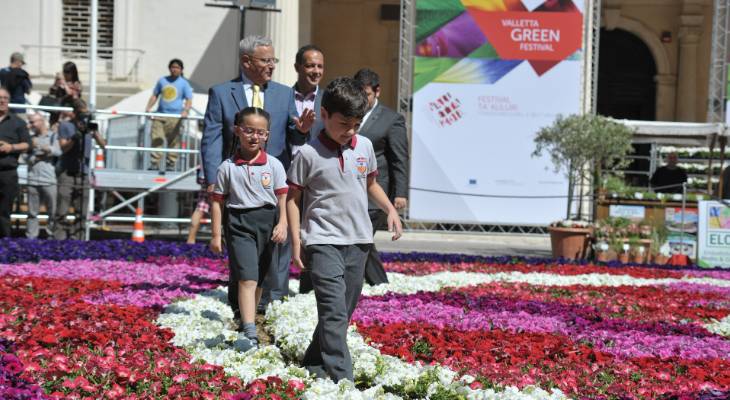
Valletta Green Festival 2018 (Credit: valletta2018.org)
This hard-working authority is constantly organising education campaigns to help raise awareness about invasive alien species and the harm they cause – so much so that you might have spotted ERA representatives spreading the message during events such as the Valletta Green Festival.
Here’s what you can do to help bring an end to the spread of IAS.
First of all, it’s good to get familiar with the alien invasive plants around Malta. Here are a couple:
- Golden wreath wattle / L-akacja (Acacia saligna)
- Tree-of-heaven / Ix-xumakk (Ailanthus altissima)
- Balloon vine / Tuffieh ir-rih (Cardiospermum grandiflorum)
- Crimson fountaingrass / Il-pjuma (Pennisetum setaceum)
- Marvels-of-Peru / Il-hummejr (Mirabilis jalapa)
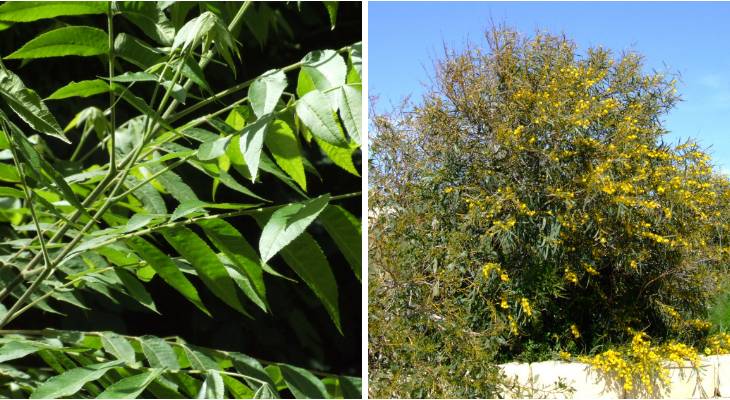
Tree-of-heaven (left) and Golden wreath wattle (right)
Download the Invasive Alien Species in Europe app to check out all the IAS present in Malta
Being informed about the risks IAS pose is a great first step to curbing the issue. If you’d like to take your involvement a step further, here are a couple of things you can do:
- Plant local species in your personal garden
- Read and follow the Codes of Good Practice
- Report sightings of invasive alien species through the IAS in Europe app
- Spread the message
Share this article to raise awareness!